Unmanned warfare has revolutionized how the military conducts operations in hostile territories, with drones playing a vital role in scouting out locations, observing enemy movements, and striking dangerous targets. However, the use of drones isn’t just limited to the battlefield. It has become an effective tool for monitoring and protecting properties, whether it’s a large farm, a suburban neighborhood, or even a small homestead.
By utilizing drones, property owners can keep tabs on large areas of land without having to spend a lot of time and effort traversing it. It can also be an efficient and stealthy way to deal with pests or wildlife that pose a threat to crops or livestock. And in emergency situations, such as when a message or package needs to be delivered quickly to a neighbor or a crew member, drones can come to the rescue.
The possibilities of using drones for civilian purposes are endless, limited only by our creativity and ingenuity. As technology advances and becomes more accessible, we can expect to see an even greater role for unmanned aerial vehicles in our daily lives.
Drones are everywhere nowadays
There is a wide variety of drones available on the market, ranging from small and affordable to impressively large and expensive. Although the drones used by the military are often large, for the purpose of this article, we’ll be discussing the smaller, over-the-counter drones. These drones typically measure around 18 inches and come equipped with video capabilities and other features to prevent them from getting lost during operation.
One popular model of a drone is the DJI FPV Combo. This drone comes with a variety of features, such as the ability to follow a selected subject and capture footage from up to 7.5 miles away. It also boasts impressive image capabilities of 4K and 60fps, surpassing the quality of most hand-held cameras. With all of these advanced features, it comes with a hefty price tag of around $1000. However, there are many drones available at a more affordable price point of around $100, which still offer comparable features and can be sufficient for most needs around the homestead.
If you’re considering purchasing a drone, it’s important to understand that operating one requires skill and practice. Starting with an inexpensive model is a wise choice for a couple of reasons. Firstly, crashing or losing a drone is always a possibility, especially for novice pilots. Secondly, investing in a more expensive model may not be worth it if you find that drone flying isn’t your thing. It’s also crucial to be aware of the laws and regulations surrounding drone use.
While the drone industry is relatively new, and there aren’t many laws in place yet, there are a few important ones to follow. For instance, if your drone weighs more than eight ounces, you will need to register it with the Federal Aviation Administration. Additionally, flying a drone within five miles of an airport is prohibited, and flying over someone else’s property without their permission is inconsiderate and may be a violation of privacy laws.
Before taking to the skies, make sure to check your local laws and regulations to avoid any legal issues. By practicing responsible drone use and respecting others’ privacy, you can safely and enjoyably fly your drone.
One of the biggest challenges facing the drone industry today is the limited battery life of most drones. Even high-end models are not immune to this issue, as they, too, require frequent recharging. In fact, most common drones can only operate for around 12 minutes before needing to return to base for a recharge, which can take up to four times as long as the flight time.
This limitation can be particularly problematic in a survival situation where access to power may be limited. To make sure that your drone always remains operational during an emergency, it’s crucial to explore alternative solutions for keeping its battery charged.
How to use a drone on your homestead
There are numerous ways to utilize a drone on your homestead, farm, or suburban property based on your specific needs. Whether it’s for damage assessment, perimeter security, deterrence, surveillance, scouting, or animal husbandry, a drone can be a valuable tool to achieve your goals. By identifying your primary objectives and needs, you can determine how best to incorporate a drone into your operations and optimize its capabilities.
Damage evaluation
Drones are not just for farmers or large landowners, and they can also be useful for homeowners with even the smallest properties. By using a drone to inspect your property, you can save yourself time and effort while getting a comprehensive view of your home and surroundings.
Imagine you have a two-story house and a damaged roof from a storm or hail. Climbing up a ladder can be dangerous and time-consuming, especially if you are afraid of heights. With a drone, you can easily fly it up and get a close-up look at the damage without ever having to leave the ground. In fact, you can even control the drone from the safety of your own home, using the remote controller to navigate the drone up close to the damaged area and take high-resolution images or video.
Perimeter security
As previously mentioned, it’s impossible to be in multiple places at once. If you own a property with a perimeter that stretches several miles long, it will take a considerable amount of time to ride the fences. Additionally, certain parts of your property may be only accessible by foot.
Fortunately, you can easily survey the fence line, rear gates, back roads, and wooded hills of your most inaccessible property with a drone. Using a drone, you can gain a bird’s eye view at the height of a couple of thousand feet, giving you a comprehensive view of your entire property.
Not only does this save time, but it can also serve as an efficient way to investigate any potential issues. If necessary, the drone can quickly swoop in and provide a closer look at any problematic areas. In short, using a drone to survey your property is a practical and efficient way to ensure its security and upkeep.
Deterrence
When a drone hovers above you, it’s natural to feel like you’re being watched. However, you can turn this to your advantage by using a drone as a deterrent. If you are using a drone to keep an eye on your property, you can deter potential trespassers and thieves. This can be especially useful if you’ve recently experienced theft or have noticed suspicious activity near your property.
With a drone, you can easily monitor your property from above, keeping an eye on areas that might be difficult to access on foot. For example, if you have a large wooded area on your property, it can be challenging and even dangerous in some cases to monitor for trespassers or other unwanted activity. A drone allows you to quickly and easily check the area, and if you notice any suspicious behavior, you can investigate further.
Similarly, if you have ill-intended people hanging around your front gate or other areas of your property, you can use a drone to deter them. By flying the drone overhead, the individuals will know that they’re being watched, and they may be less likely to stick around or cause trouble. If they do continue to hang around, you’ll have video evidence of their actions, which can be useful if you need to involve law enforcement.
In short, a drone can be an effective tool for deterring unwanted activity on your property. By using a drone to monitor your property from above, you can keep an eye on areas that are difficult to access on foot and deter potential trespassers and thieves. And if you do notice any suspicious activity, you’ll have video evidence to support your case.
Surveillance
At times, you may have the curiosity to know what’s happening around your surroundings, and using a drone to explore the area can be an easy solution while staying at a safe distance. Drones are great tools for conducting surveillance as they come equipped with top-notch audio and video technology.
With a little bit of technical skill, you can set up a surveillance hub with just a few cables and an LED display, allowing you to keep an eye on any potential activity of interest. Whether it’s observing the activity on the other side of the hill or monitoring the street, drones can provide an excellent vantage point for conducting surveillance.
Scouting
When you find yourself in a situation where you need to quickly assess the condition of a large area, a drone can be a valuable tool for scouting. For example, if you’re planning a hike in unfamiliar terrain, you could use a drone to get a bird’s eye view of the area and spot potential hazards or obstacles.
During a natural disaster, such as a flood or wildfire, roads may be blocked or damaged, making it difficult to access affected areas. With a drone, you can survey the extent of the damage and assess the most efficient route to take.
In a bug-out situation, a drone can provide critical information about the conditions ahead, such as traffic congestion, roadblocks, or other obstacles that could slow your progress. This can help you adjust your route or find alternate paths to reach your destination.
If you’re a hunter or outdoor enthusiast, a drone can be used to scout for game or survey the landscape for potential hunting spots. This can save time and energy by allowing you to quickly identify areas that are likely to have high concentrations of game.
Animal husbandry
While dogs have been the traditional and preferred method of herding sheep for centuries, drones are increasingly being used as a supplementary tool to assist shepherds in their work. Drones can be an efficient and cost-effective way to monitor livestock, identify any issues, and manage the entire flock from a bird’s eye view.
One of the main advantages of using a drone in sheep herding is the ability to quickly and accurately count the flock. With a drone, a shepherd can get an accurate headcount in a fraction of the time it would take to do manually, allowing them to make informed decisions about feeding and health management. Additionally, drones can help locate stray sheep that may have wandered off from the herd or find sheep hiding in dense vegetation.
Another way drones are being used in sheep herding is by checking on the condition of fences, water sources, and feeding troughs. Drones can fly over the entire grazing area, spotting any weak points in the fencing or other infrastructure that need attention, as well as monitoring water levels and food supply. This can help prevent any potential issues before they become larger problems, saving time and money.
Drones can also help protect livestock from predators or other potential dangers, such as flooding or extreme weather. Drones can be equipped with thermal imaging cameras or other sensors to detect potential threats or issues that might be difficult to spot from the ground. This information can be used to take preventative measures or address any potential problems quickly.
Overall, drones are becoming an increasingly popular tool for shepherds and farmers to help manage their livestock. While they cannot replace the reliability and loyalty of a good sheepdog, drones can provide valuable assistance in monitoring and managing flocks.
Concluding
Using drones on the homestead can have many practical benefits. Drones can be used to monitor crops, check for damage to structures, and even herd livestock. They can also be a useful tool for scouting and surveying larger properties, especially in cases of disaster or emergency situations.
However,when it comes to using a drone on your homestead, there are also potential downsides to consider. Privacy concerns should be taken into account, as drones can capture footage of neighboring properties without consent. Additionally, drones can be expensive, and they require a certain level of skill to operate safely and effectively.
Overall, the use of drones on the homestead can be a useful tool when used responsibly and with consideration for potential risks and concerns.


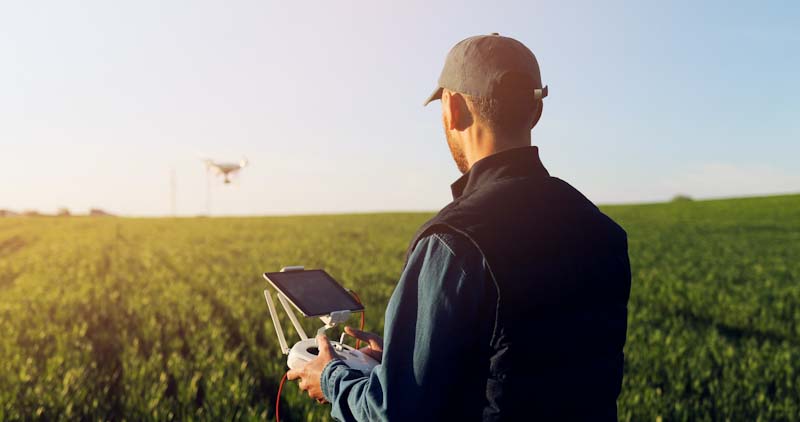


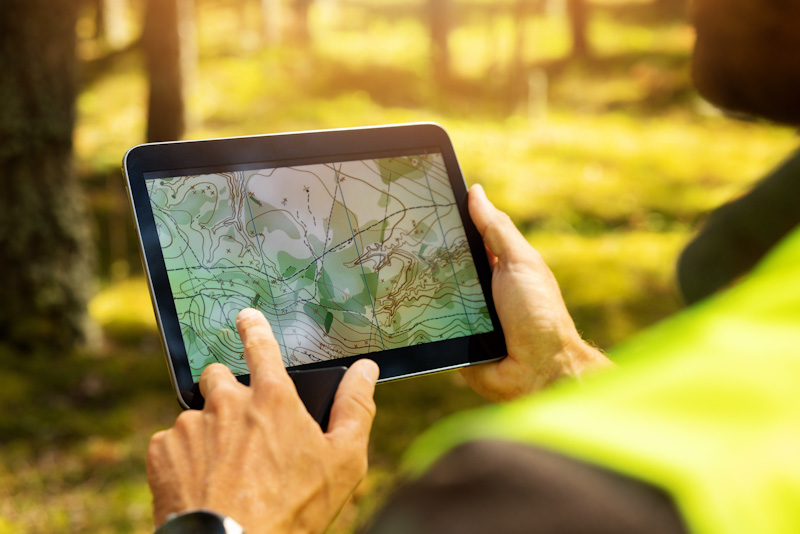
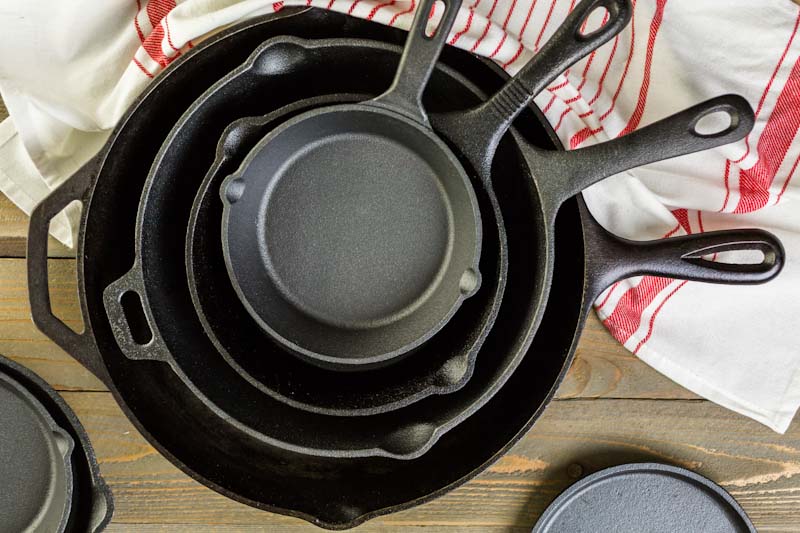
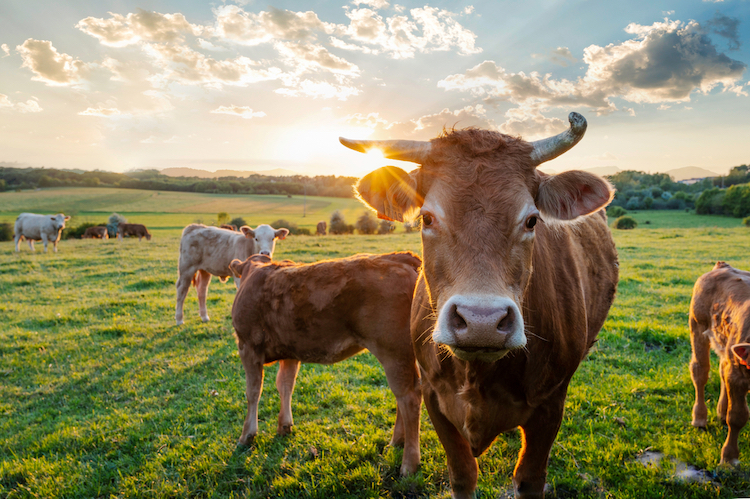
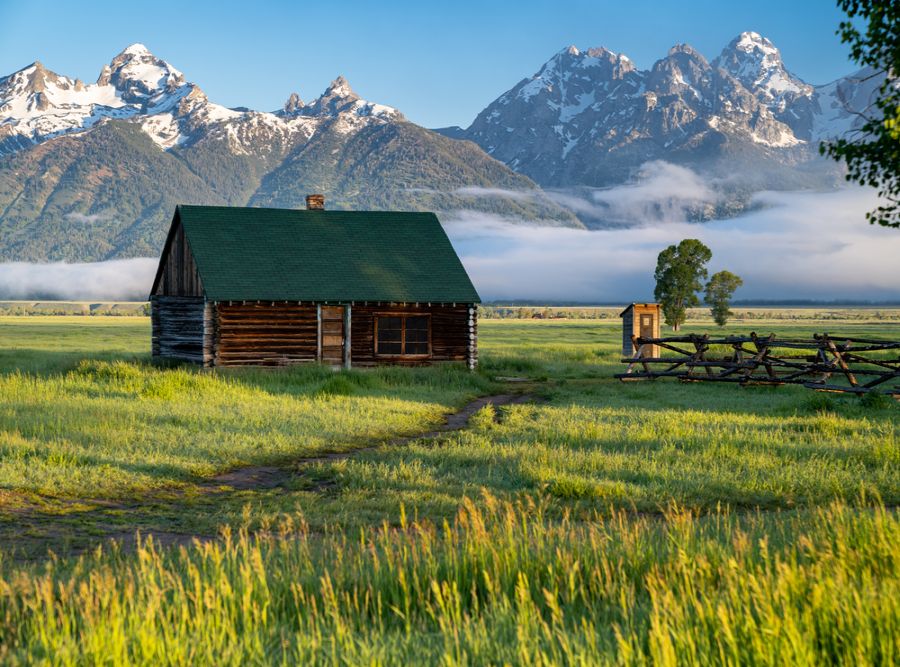


L Edwards | April 20, 2023
|
With pen and paper and some basic imagination, this article could have been authored by most anyone. The huge caveat that was only briefly mentioned and no work around discussed was the extreme LIMFAC of battery/ies life and the altogether necessity of same, since without, the entire topic is wasted.
Please elaborate on the most essential part….how many, methods of charging, points to consider in relation to the drone itself….weight, voltage, charging time, rate, expense of extras….etc, etc, etc.
Phantom30 | April 20, 2023
|
Yes this is the new essential. Even more necessary is that Cell phone liked to your drone controller. It can also be useful liked to Meshtastic secure communications along with ATAKS software for each of the operations outlined in the article.